Introduction
In the vast world of beverages, boba milk tea, also known as bubble tea, holds a special place in the hearts of many. Its unique combination of tea, milk (or milk alternatives), and chewy tapioca pearls, or “boba,” offers a delightful sensory experience that transcends the ordinary. However, one question often arises among boba enthusiasts: can you microwave boba milk tea to reheat it? This inquiry is particularly pertinent in situations where you find yourself with a leftover cup of your favorite drink, longing for a warm sip but unsure of the best method to achieve this without compromising its taste and texture.
To address this question comprehensively, we will delve into various aspects of microwaving boba milk tea, including the potential effects on its components, alternative heating methods, and safety considerations. By the end of this guide, you should have a clear understanding of whether microwaving your boba milk tea is advisable and, if not, what other options you have.
Understanding Boba Milk Tea Components
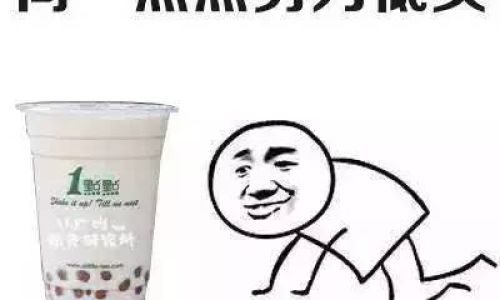
Before discussing whether boba milk tea can be microwaved, it’s crucial to understand its primary components and how they behave under heat.
-
Tea Base: The foundation of boba milk tea is typically black tea, green tea, or oolong tea. These teas have distinct flavors and aromas that can be altered by heat. While teas are generally heated during preparation, reheating them can lead to a loss of freshness and a more bitter taste.
-
Milk or Milk Alternatives: Whether it’s dairy milk, almond milk, soy milk, or oat milk, these components add creaminess and richness to the drink. Milk products can scorch or curdle when heated excessively, especially in a microwave, which can ruin the texture and flavor of your boba milk tea.
-
Sweeteners: Boba milk tea often contains sugar, honey, or artificial sweeteners to balance its bitterness and enhance its appeal. Excessive heat can caramelize sugars, leading to unwanted changes in taste and texture.
-
Tapioca Pearls (Boba): These chewy balls made from tapioca starch are a defining feature of boba milk tea. They are cooked before being added to the drink and have a specific texture that can degrade under heat. Overheating can make boba softer and less enjoyable.
The Microwave and Its Impact on Boba Milk Tea
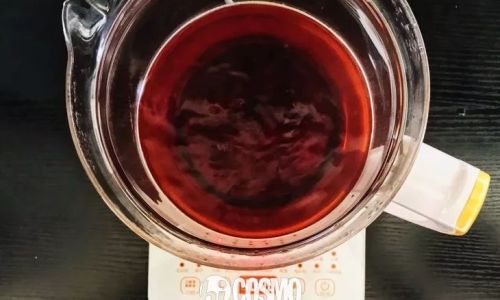
Microwaves work by exciting water molecules in food, causing them to vibrate and produce heat. This rapid heating can have mixed effects on the components of boba milk tea.
-
Uneven Heating: Microwaves are notorious for creating hot spots within food, meaning some parts of your drink may become excessively hot while others remain cool. This uneven heating can lead to burnt milk, scorched sugars, and overcooked boba.
-
Texture Degradation: The rapid heating process can alter the texture of both the milk and the boba. Milk may curdle, and boba may lose its chewy consistency, becoming softer and less appealing.
-
Flavor Changes: The intense heat generated by microwaves can cause the flavors in your tea to degrade, leading to a bitter or burnt taste. Sugars may caramelize unevenly, creating an unpleasant sweetness or burnt spots.
-
Potential Safety Hazards: If your boba milk tea contains metal straws or lids, microwaving it can be dangerous. Metal in a microwave can cause sparks and potentially damage the appliance.
Alternative Heating Methods
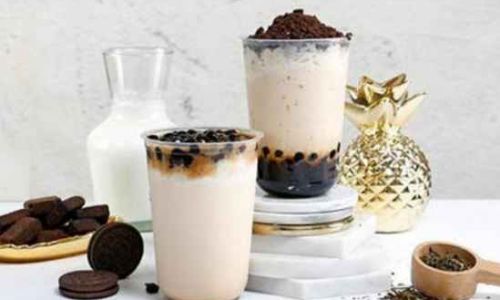
Given the potential drawbacks of microwaving boba milk tea, it’s worth exploring alternative methods to reheat your drink without compromising its quality.
-
Stovetop Method: One effective way to reheat boba milk tea is on the stovetop. Pour the tea into a saucepan and heat it gently over low to medium heat, stirring occasionally to prevent scorching. This method allows for more control over the heating process and helps maintain the texture and flavor of the drink. Be cautious not to let it boil, as this can cause the milk to curdle.
-
Water Bath: Another gentle heating method is using a water bath. Place your boba milk tea in a heatproof container and submerge it in a pot of simmering water. Stir occasionally to ensure even heating. This method is particularly useful for maintaining the texture of the milk and boba.
-
Steamer: If you have a food steamer, you can use it to reheat your boba milk tea. Place the drink in a heatproof container and steam it until it reaches your desired temperature. This method is gentle and helps retain the flavors and textures of the components.
-
Electric Kettle or Tea Kettle: If your boba milk tea is primarily tea-based with minimal milk or cream, you can pour it into an electric kettle or tea kettle and use the warm setting to gently reheat it. This method is less suitable for drinks with a high milk content, as the milk may curdle.
Safety Considerations
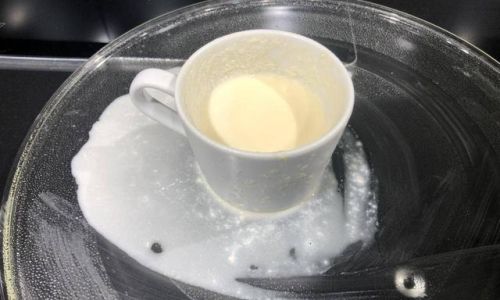
When reheating boba milk tea, safety should always be a priority. Here are some tips to ensure you handle the process safely:
-
Avoid Metal: Never microwave boba milk tea in containers with metal parts, such as straws or lids. Use microwave-safe containers only.
-
Monitor Closely: When using the stovetop, water bath, or steamer, keep a close eye on your drink to prevent it from overheating. Stir frequently to ensure even heating and prevent scorching.
-
Use Heatproof Tools: When handling hot containers, use oven mitts or heatproof gloves to protect your hands from burns.
-
Check Temperature: Before drinking, always test the temperature of your boba milk tea to avoid burning your mouth.
Conclusion
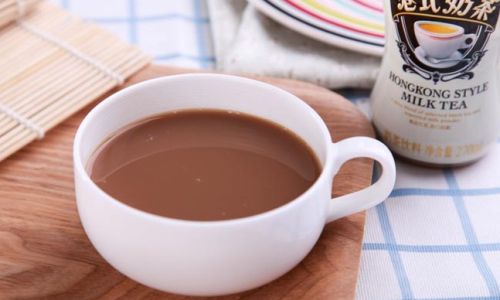
In conclusion, while microwaving boba milk tea is technically possible, it’s not the most advisable method due to the potential negative effects on its texture, flavor, and safety. The rapid and uneven heating of microwaves can lead to burnt milk, scorched sugars, and overcooked boba, all of which detract from the overall enjoyment of your drink.
Instead, consider using alternative heating methods such as the stovetop, water bath, steamer, or electric kettle. These methods offer more control over the heating process and help maintain the quality of your boba milk tea. Always prioritize safety when reheating your drink, using microwave-safe containers, heatproof tools, and monitoring the process closely to prevent accidents.
By understanding the components of boba milk tea and the impact of heat on each, you can make informed decisions about how to reheat your drink without compromising its delightful characteristics. Whether you’re enjoying a classic black tea with boba or experimenting with new flavors and ingredients, the right heating method can ensure your boba milk tea remains as enjoyable as the first sip.
Remember, the key to reheating boba milk tea successfully is to use gentle, controlled heat and to monitor the process closely to preserve its unique texture, flavor, and charm. Happy sipping!
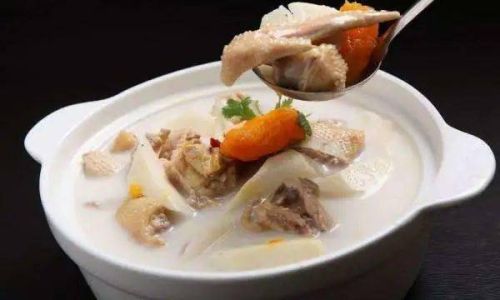
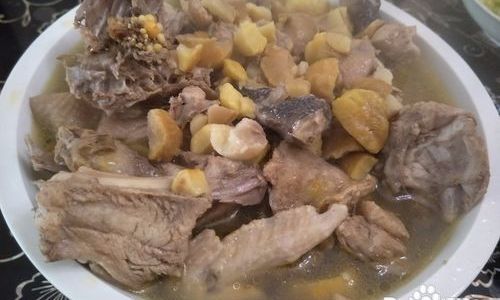
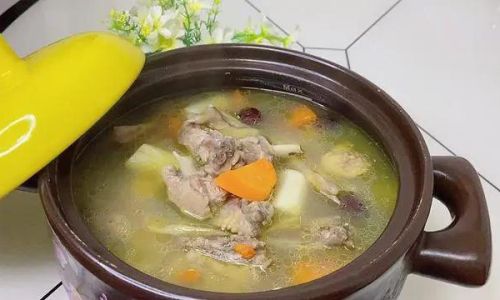
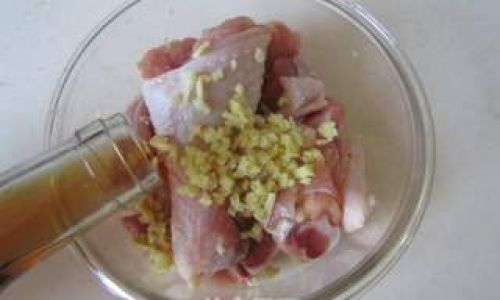
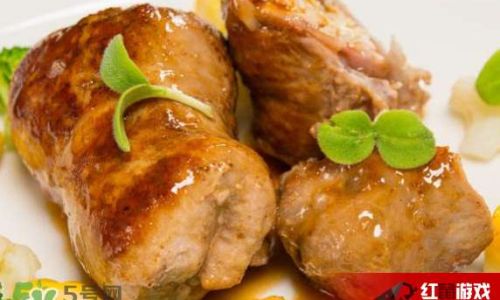
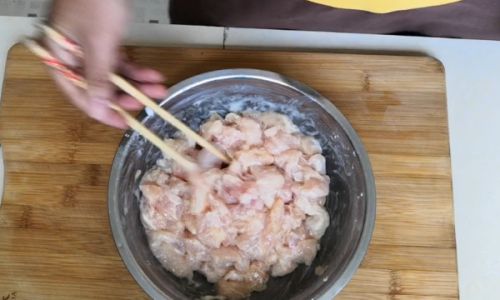
0 comments